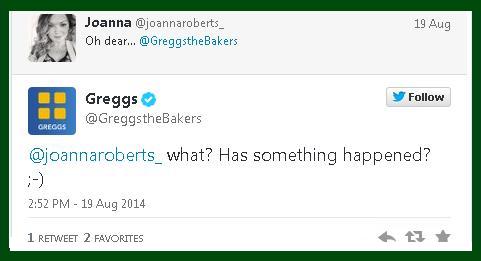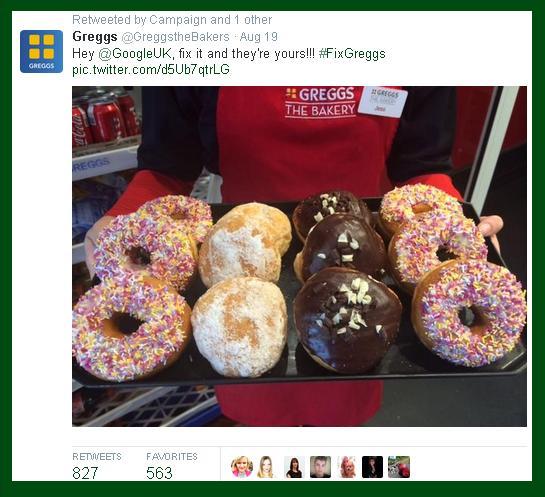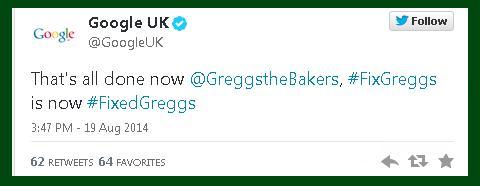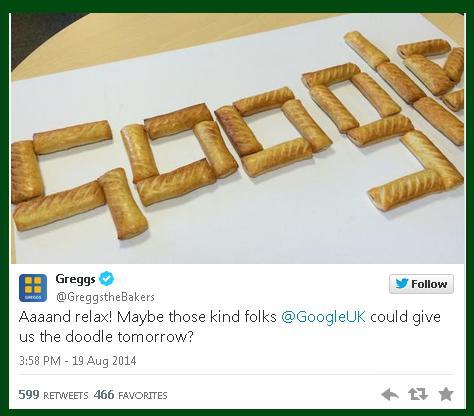Greggs this week provided a glowing example of how to handle a social media nightmare after an offensive version of their logo appeared on Google on Tuesday.
On 19th August, Britain's biggest bakery chain was inundated with thousands of tweets after a fake company logo appeared in Google searches, insinuating that Greggs has been supplying faeces to the less classy end of society for over 70 years.
The spoof image, pulled in from uncyclopedia.wikia.com, appeared on the right hand-side of Google when users typed the company name into the search engine.
Thousands of people were quick to point out the error to the company’s social media team who reacted brilliantly to the unexpected busy day at the office.

The infamous fake logo. Photo: uncyclopedia
A common reservation of starting up a social media presence is often the fear that it will encourage negative messaging.
With their response to this nightmare, Greggs proved that PR disasters can occur even without the adoption of social media networks, and goes even further to show that using platforms like Twitter can be fundamental in very quickly turning a negative into a positive.
Here's how the social media team at Greggs cleverly used Twitter to control the situation, whilst using it to their advantage to portray their fun personality through light-hearted responses to tweets received and jovial interactions with Google:
Greggs' intelligent, witty and timely handling of this incident via Twitter has resulted in huge positive feedback and buzz around the brand. 'Greggs' was trending on Twitter and stories have been published surrounding the baker's reactions to the event in the likes of the Telegraph, the Daily Mail and the Guardian.
What we can learn from this is that to be absent on social media is to lack a powerful crisis management tool. The risks of negativity resulting from being active on networks such as Twitter are far lower than the likelihood of such activity generating positive and impressive engagement, which would otherwise be unattainable when relying purely on traditional forms of media and communication.
If you'd like to chat to one of our social media gurus, contact the office on 020 72657 880 or tweet us @Lambinthecity












